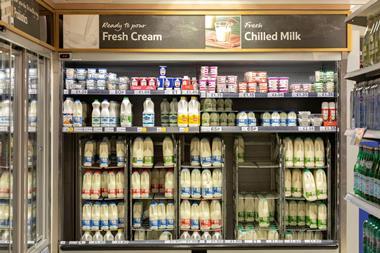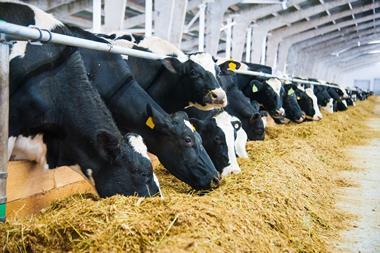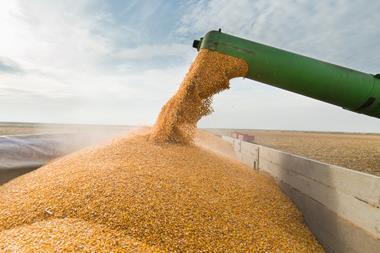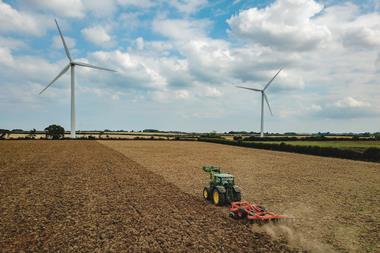
How much is a pint of milk? It’s a question most often asked to trip up out-of-touch politicians, though research from Aldi in September 2020 found shoppers too were surprisingly in the dark, with more than a third unable to say what the correct price was, overestimating the cost by 40%. (The same also went for bread.)
Yet the truth is there’s no right answer. This week’s Grocer 33 shows the average price of a pint of milk (or 568ml) is up 22% to 62p in the major multiples (p20) – but relatively few people buy a pint these days versus more popular formats, like one or two litres, as well as two, four and six pints, where the average price per pint falls to 30p or less, despite again being hiked in price. On the other hand, for a pint of milk delivered in a glass bottle by a milkman, you would have to pay 84p.
So it depends. But whatever the format, the price of milk is going up. In March it reached an all-time high of 50p, figures from the ONS/RPI show, an increase of 20% year on year, though Kite Consulting is predicting the price could rise as much as 50% amid soaring prices of the three Fs: fertiliser, feed and fuel. From the current 125p benchmark on four-pinters (the most popular format), the new bar being cited is 170p, which would be double the level in 2015. Meanwhile, the AHDB predicts milk volumes could fall by over 5% (or 600 million litres) as farmers go out of business or reduce herds to limit exposure.
That’s a terrible prospect for farmers but also for shoppers, for whom milk is still amazing value, and an astonishing source of nutrition, containing every nutrient we need, even as adults, and with isotonic properties at least equal to or greater than far more expensive sports and energy drinks, research has found.
Nor are output declines limited to milk, however, with cooking oils, eggs, tomatoes and other fresh produce in particular focus, amid a worrisome increase in food export bans, strikes and labour shortages. And with fears over soaring fertiliser costs, that raises the possibility of other categories being sucked in due to the return of CO2 shortages. No doubt about it. It’s a terrifying situation.



















No comments yet